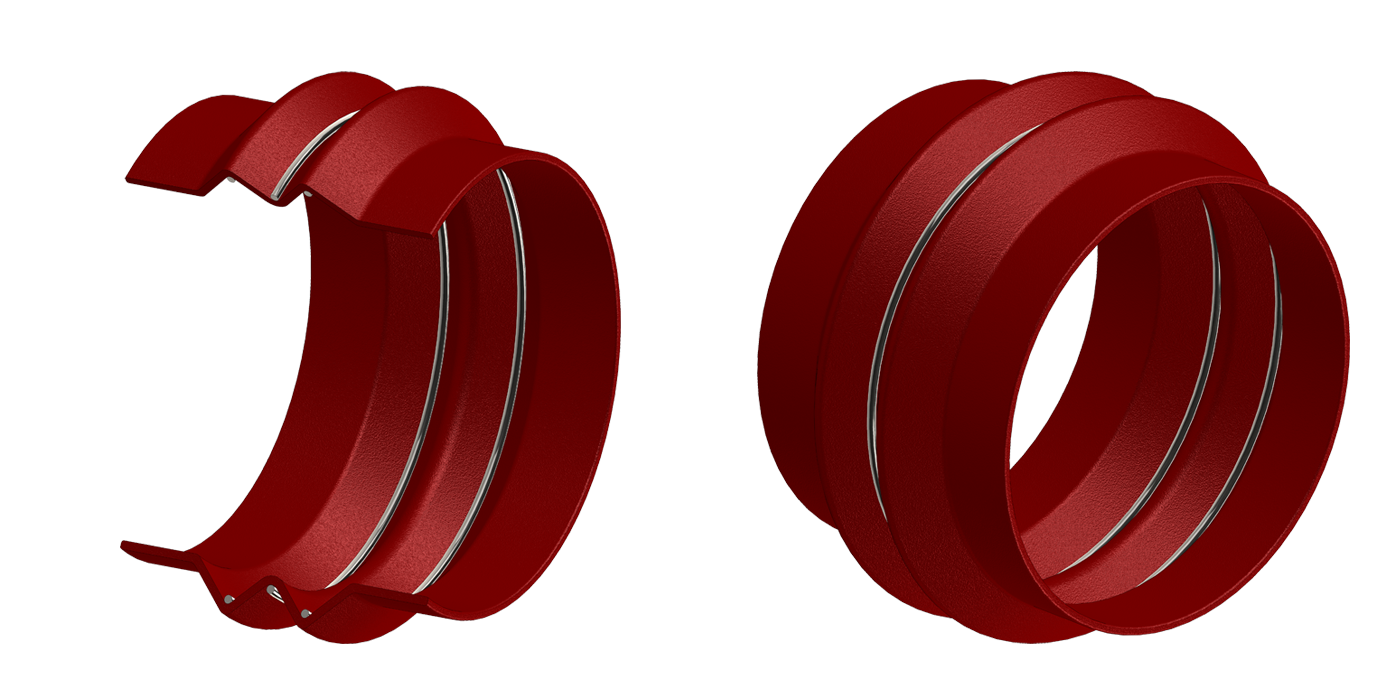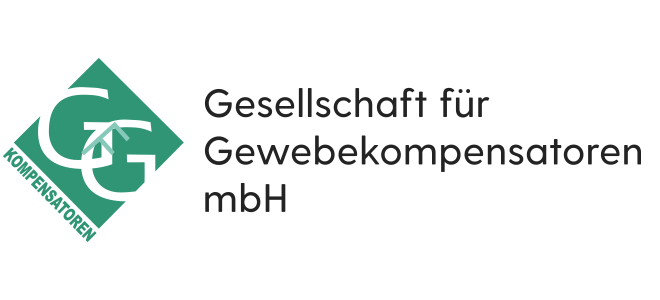Fabric Expansion Joints | GfG-Kompensatoren mbH
An expansion joint is a flexible element that compensates movements between pipelines, among other things in case of vibrations in lateral or axial directions, temperature differences, or wall ducts. They are used in pipeline construction as well as in plant and apparatus construction. Depending on the application, expansion joints are made of different materials. Neoprene, EPDM, Hypalon, silicone, Viton, or PTFE are used among other materials.

Designs
For our customers, we manufacture each expansion joint individually.
In the process, we take into account the respective operation-specific parameters.
Substantially, three designs can be distinguished:
Tube expansion joint I

Mounting directly on the pipeline
Dimensions
Media temperature
Pressure
Expansion absorption
Tube expansion joint II

Mounting on pulled out mounting flanges
Dimensions
Media temperature
Pressure
Expansion absorption
Flange expansion joint

With self-sealing flanges and single or multi-part backing flanges
Dimensions
Media temperature
Pressure
Expansion absorption
Groups of material
By using various materials and respective material combinations, it is possible to work out an optimal problem solution both from a technical and economic point of view. This is substantially determined by the
mechanical
chemical and
thermal
influences.
The design itself is always defined by the following groups of material and the corresponding tasks:
Insulating material
Sealing foil
Backing fabric
Coating
Do you have any questions? We are gladly at your disposal.
GfG-Kompensatoren mbH
Zum Steingraben 9
95503 Hummeltal
Upper Franconia / Bavaria
Links
to the whole world

